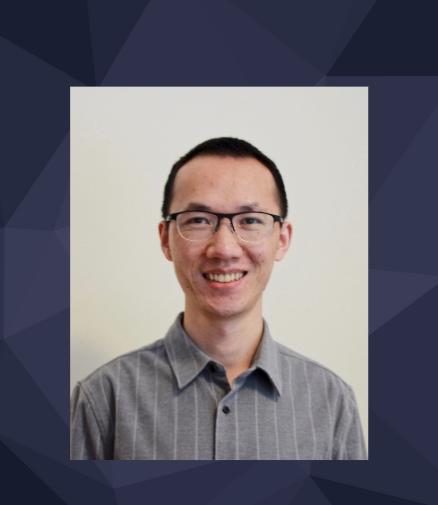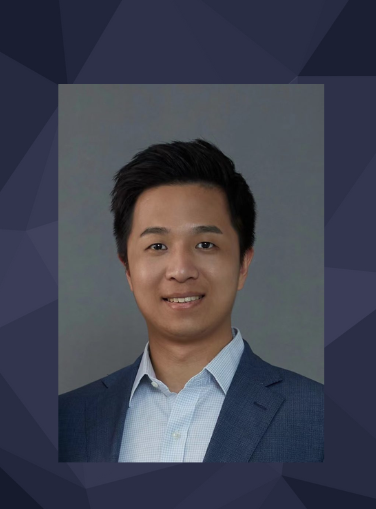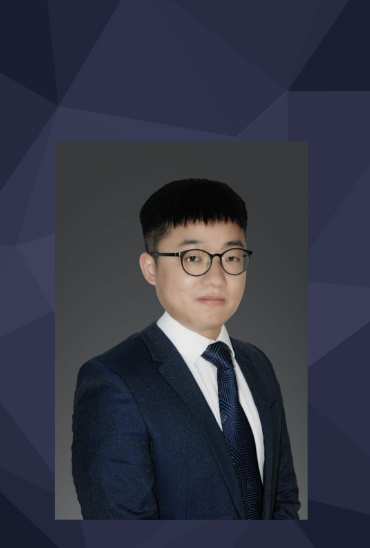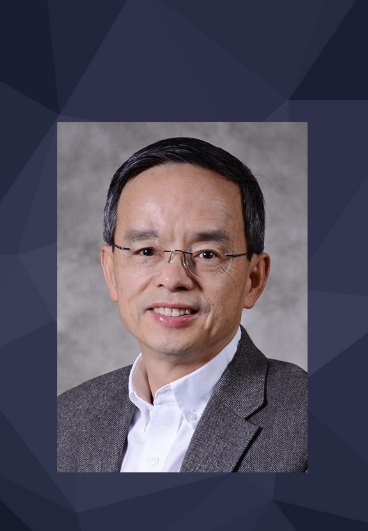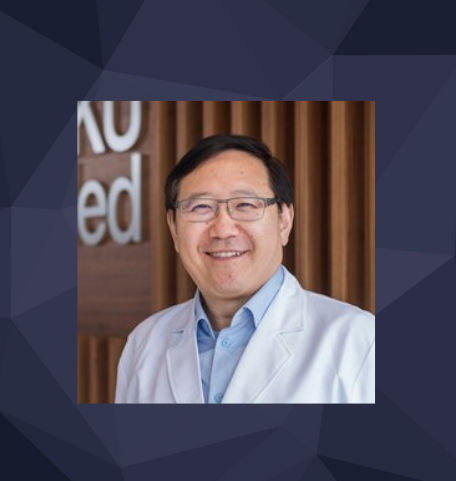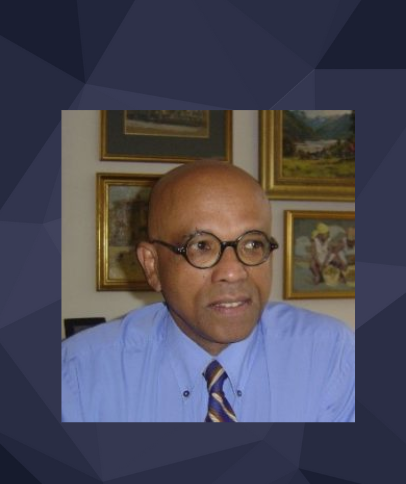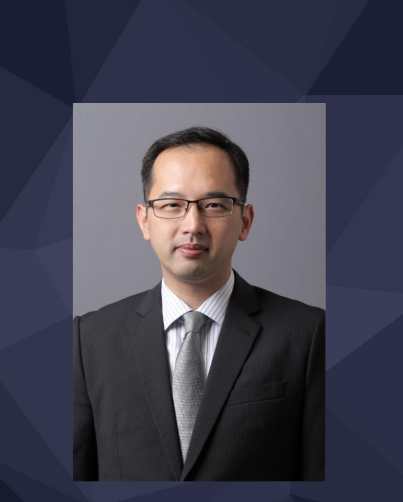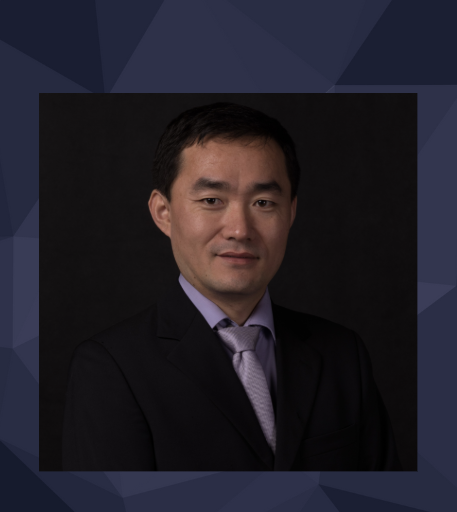TechTalk – Wireless AI Perception: A New Sense for Machine Intelligence Beyond Vision
September 21 2023 (Thursday) 4:30-5:30pm
Can machines sense without cameras or sensors? Computer vision allows machines to “see,” but their perception capabilities based on cameras are fundamentally limited to a specific field of view and good lighting conditions – they cannot see through any occlusions or in the dark. In this talk, I will introduce Wireless AI Perception that opens a new sense for machine perception to decipher the physical world, even in absolute darkness and through walls and obstacles. To achieve this, Wireless AI leverages ambient wireless signals for sensing and turns any Wi-Fi devices from a pure communication medium into a ubiquitous all-in-one sensing platform. We will first introduce the concepts, principles, and grand challenges of Wi-Fi sensing, and then share our unique solution of Wireless AI, which has been commercialized and deployed as real-world products, such as motion sensing, sleep monitoring, fall detection, indoor tracking, just to name a few. We foresee that Wi-Fi Sensing will enter billions of devices and millions of homes, and today is just the beginning of this revolution.

